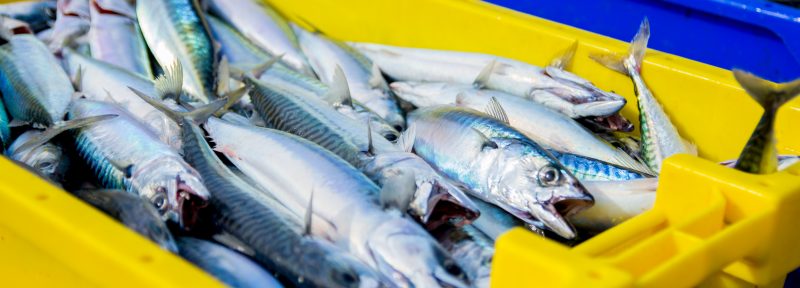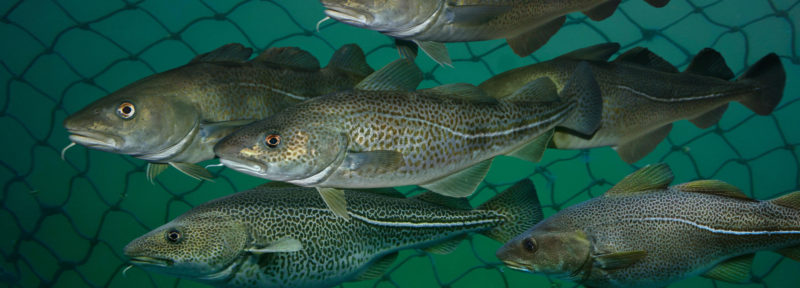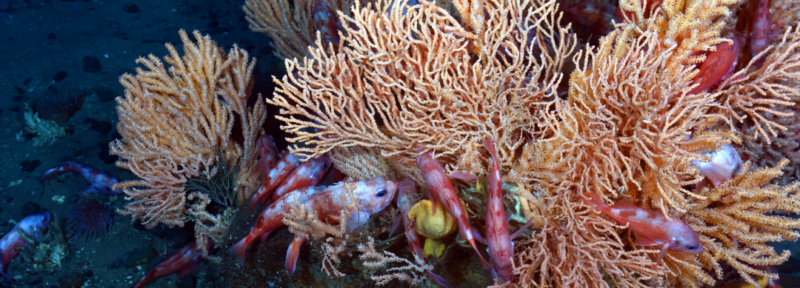New Science for Depleted Northern Cod Stock Highlights Importance of Evidence-based Management, Oceans North Says
HALIFAX—Today, Fisheries and Oceans Canada (DFO) announced that, after more than three decades, it is highly likely that the 2J3KL northern cod stock is no longer in the “critical zone” based on changes to their model.
This decision comes after a review and analysis of the Limit Reference Point (LRP), which determines whether a stock is critically depleted. While the estimates of overall stock size remain similar, the outlook for recovery has changed based on newly included information such as historical data.
“Oceans North supports evidence-based fisheries management,” says Gemma Rayner, Fisheries Advisor at Oceans North, who attended the framework assessment last week where these changes were reviewed and accepted. “Updating models based on the data is an important part of that, and although the northern cod stock still has a 29 percent chance of being in the critical zone, the new trajectory appears to show improvement.”
In 1992, the government put a moratorium on fishing the 2J3KL northern cod stock following its collapse. Northern cod has been in the critical zone ever since, and it was assessed as an endangered species by the Committee on the Status of Endangered Wildlife in Canada (COSEWIC) in 2003 and again in 2010.
The new model includes an additional 30 years of data that extends the time series back to the 1950s, and it also includes further information on younger cod. “Changing the limit reference point for a stock has consequences for both anticipated conservation outcomes and livelihoods,” explains Katie Schleit, Fisheries Director at Oceans North. “In this case, we’re satisfied that the approach has been based on the best available science.”
A further positive development is that, for the first time, the new model also directly incorporates information on capelin abundance—a key food source for cod. New data has indicated that capelin affects the dynamics of the northern cod stock, and the future of both stocks is intrinsically linked.
“Oceans North welcomes the incorporation of a capelin index, which represents an important step towards an ecosystem-based approach to stock assessment,” Schleit says. “These kinds of approaches can expand our understanding of stock health and allow us to better manage fisheries into the future, especially in the face of increasing climate change. We know that cod is particularly vulnerable to warming waters from its failure to recover in other areas.”
The latest information on possible quotas for 2024 won’t be available until a stock assessment is conducted in March, which will include data for 2022 and 2023. “We look forward to the latest assessment and hope it will form the basis for good management decisions—we have a long way to go before northern cod is rebuilt to the healthy zone,” Rayner says.
For more information, please contact:
Alex Tesar
Communications Manager
Oceans North
[email protected]




